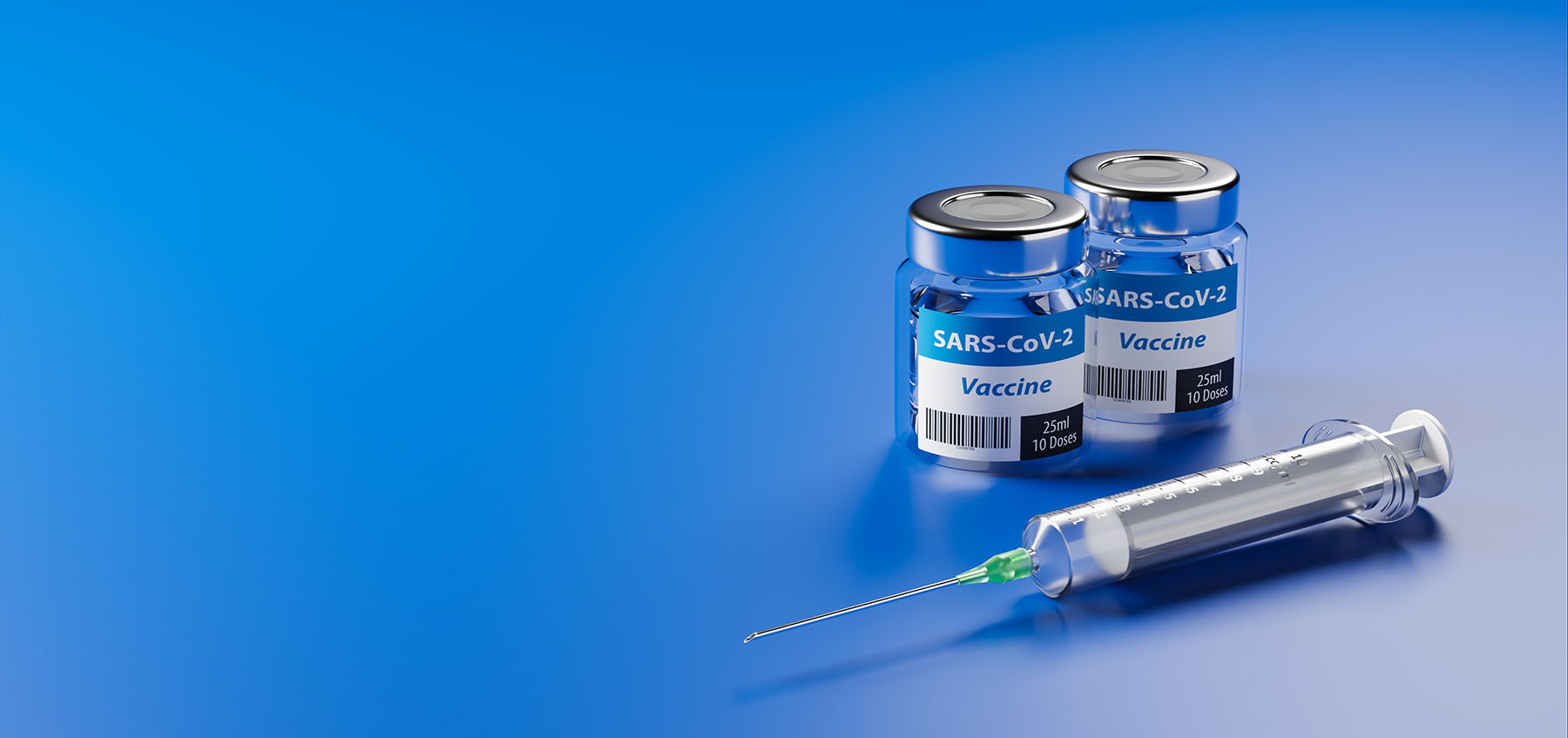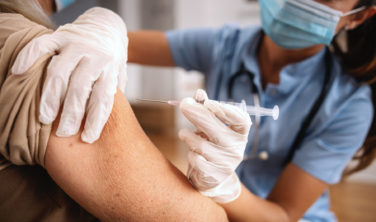One COVID-19 vaccine just received emergency use authorization and another is pending. The next important task will be getting the public vaccinated. To say its release will be fraught is an understatement. Large segments of the population are expressing intense suspicion and concern: skeptics who believe the pandemic was a hoax and the vaccine is just the latest government overreach; those who think that the vaccine was rushed and therefore may not be safe or effective; and those who are worried that the vaccine is just one more systematic attempt at taking away their rights and even their lives. A recent poll revealed that only 51% of Americans would be willing to get the vaccine.
So, how do you get Americans to trust the COVID-19 vaccine enough to get inoculated?
We asked Sensis marketing professionals to weigh in on this challenge. Here are select highlights from those conversations.
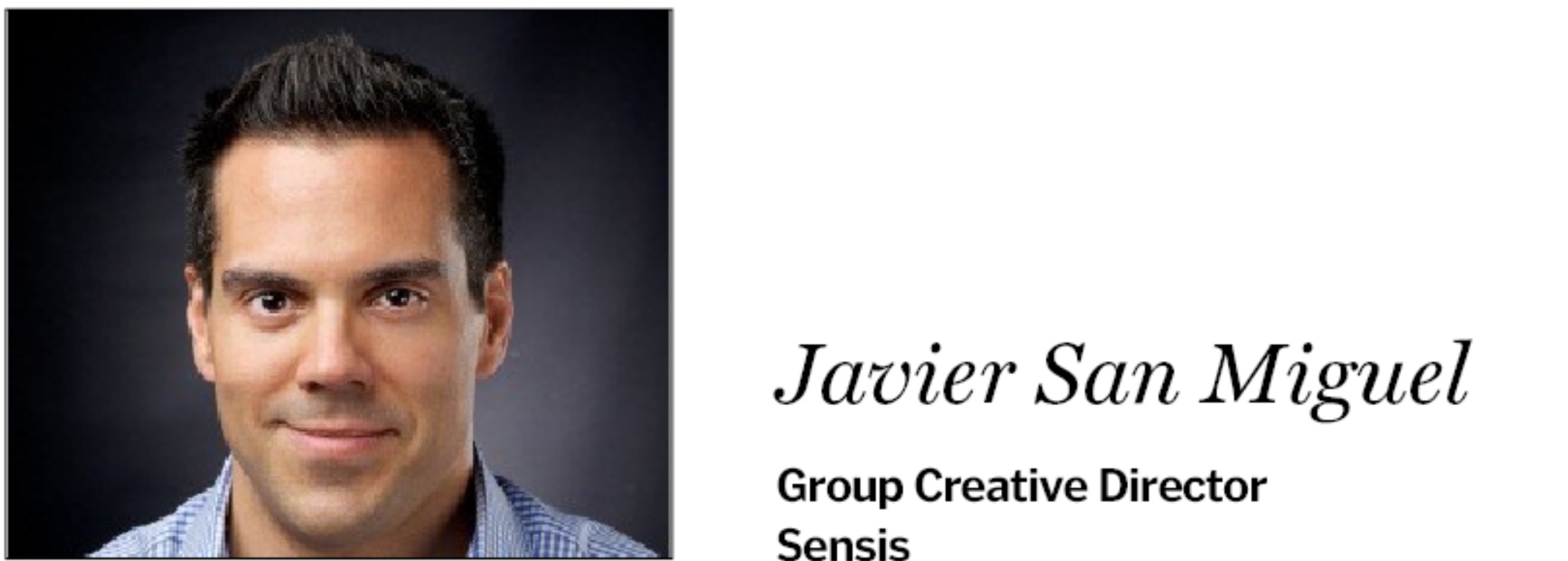 Since everyone has a stake in this, whether they choose to vaccinate or not, everyone is an influencer. The more of us who get vaccinated successfully, the more we may positively influence people in our respective social and family circles into getting vaccinated as well.
Since everyone has a stake in this, whether they choose to vaccinate or not, everyone is an influencer. The more of us who get vaccinated successfully, the more we may positively influence people in our respective social and family circles into getting vaccinated as well.
In this context, giving vaccine recipients a platform to publicly verify their vaccination status, and promote vaccination behavior among their respective networks is key. Social media platforms fit hand-in-glove in this regard. If all this starts to sound familiar, there’s no better campaign model for this approach than the Ice Bucket Challenge. But instead of asking people to perform a random stunt on video, share it, and directly challenge others to follow suit, we’d provide an opportunity for individuals to specifically call out why/for whom they got vaccinated. This creates a powerful, personal emotional context for describing the benefits of vaccination, while layering on a “pay it forward” component. A head of household vaccinates to protect their family. A working professional vaccinates to protect coworkers. An essential worker vaccinates to protect the people they serve. Each participant has the opportunity to then directly tag the social handles of the “beneficiaries” of their vaccination in the hopes of getting them to do the same and paying it forward.
As to the actual “activity” for participants to document on video, this could be a recording of them getting vaccinated, or holding up some form of printed verification for all to see, or re-engaging in some form of positive social behavior that is once again permissible post-vaccination. By giving individuals an opportunity to mindfully express what matters most to them, the campaign ultimately leverages “a million+ positive end-states,” providing countless powerful reasons to believe in the value of getting vaccinated.
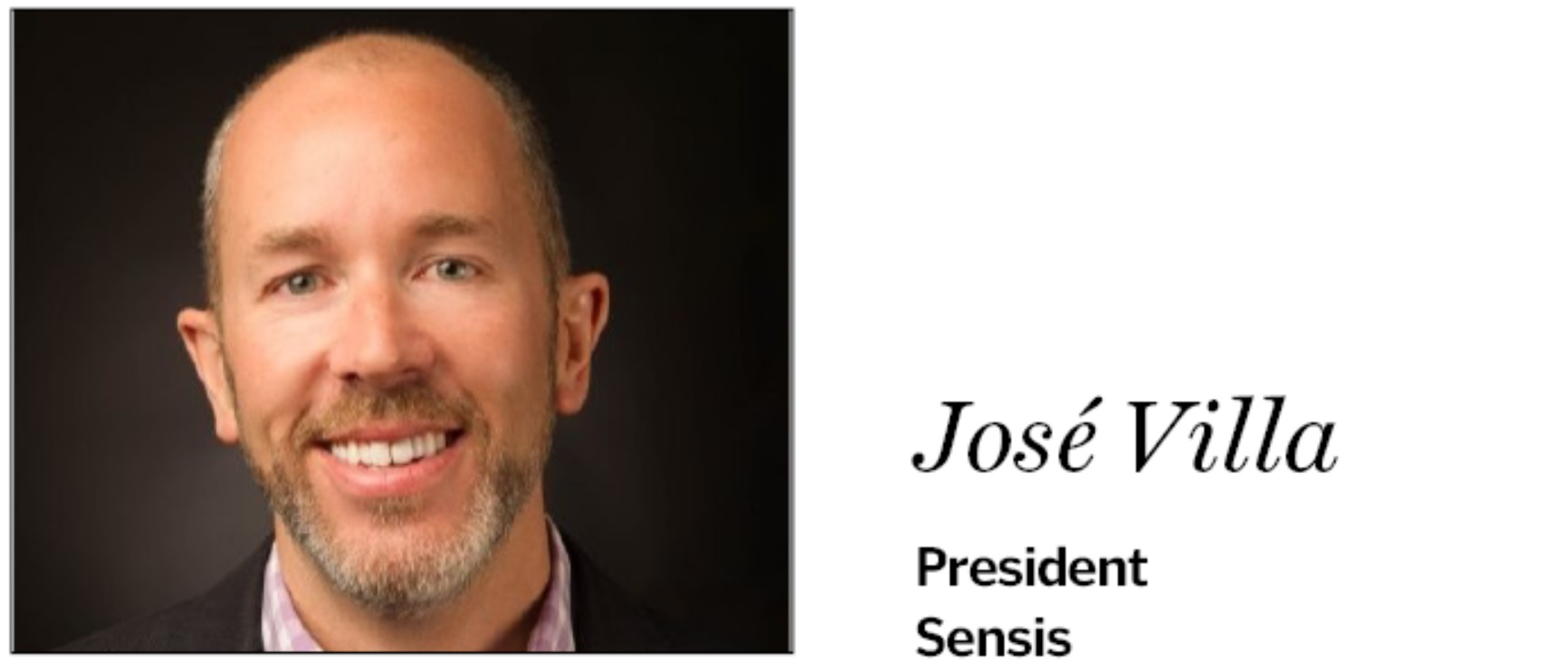 It’s important to know the backdrop around why vaccines have become more controversial. There is a positive correlation between government vaccination mandates and the vaccination pushback from the hesitant population. Mandates are the least effective form of behavior change. Instead, we should segment the population based on risk aversion. Messaging should be based on a continuum of risk aversion, and it will be very different depending on where one falls on that spectrum.
It’s important to know the backdrop around why vaccines have become more controversial. There is a positive correlation between government vaccination mandates and the vaccination pushback from the hesitant population. Mandates are the least effective form of behavior change. Instead, we should segment the population based on risk aversion. Messaging should be based on a continuum of risk aversion, and it will be very different depending on where one falls on that spectrum.
We should prioritize younger (18- to 24-year-olds) and healthier segments. Research shows they are less concerned about vaccine safety and focusing on the social benefits of vaccination will prove more compelling to them. We know from the early days of COVID-19 that intergenerational altruistic messages—slow the spread, protect your grandparents—doesn’t work.
We also need to take a positive tone. The “your ticket to freedom” or “life gets back to normal with the vaccine” messaging may perform better than a “get the vaccine or die” message.
Physicians, particularly primary care physicians, are a critically important audience. Pharmaceutical companies traditionally emphasize physicians whenever a new drug hits the market. We should apply the same continuum of risks model to physicians and specifically target those physicians who are more concerned about the vaccine with more information.
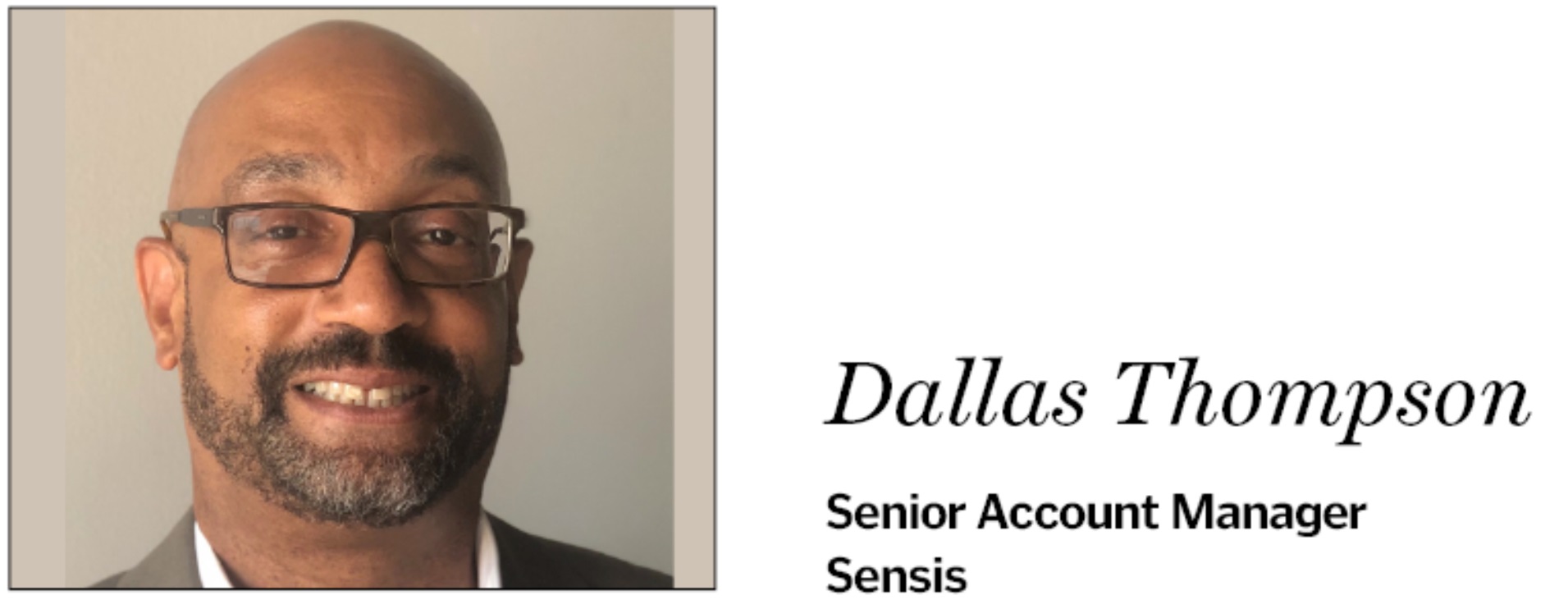 Any approach to deploying a vaccine, must seek to prioritize the most vulnerable populations. The COVID-19 pandemic has further illustrated the persistent reality of significant racial disparities in the American healthcare system. While Black Americans represent 13% of the population, they account for 21% of the COVID-19 fatalities and have a death rate triple that of non-Hispanic whites. This equates to 1 out of 1,000 Black Americans nationally who died from this disease.
Any approach to deploying a vaccine, must seek to prioritize the most vulnerable populations. The COVID-19 pandemic has further illustrated the persistent reality of significant racial disparities in the American healthcare system. While Black Americans represent 13% of the population, they account for 21% of the COVID-19 fatalities and have a death rate triple that of non-Hispanic whites. This equates to 1 out of 1,000 Black Americans nationally who died from this disease.
Distrust and skepticism about the motives of both government and private sector health entities are well documented and run deep in the Black community. This distrust is reflected in the fact that Black Americans make up only 3% of enrollees in vaccine trials. There have been concerted efforts to address this discrepancy. The presidents of historically black colleges and universities (HBCUs), including those with medical schools, have called for the participation of African Americans in vaccine studies to ensure efficacy and bolster trust. Additionally, the National Medical Association, the country’s oldest and largest organization representing Black physicians and health professionals, has formed a task force to review COVID-19 vaccine research and clinical findings.
The involvement of African American medical, public health, and scholars will be critical to adding a credible voice to persuade Black Americans to believe in a vaccine’s safety and efficacy. Additionally, a robust targeted communications effort leveraging the power and equity of African American celebrities, faith-based institutions, and other advocacy organizations in the community will be key to delivering messaging that resonates.
A special emphasis on grassroots outreach must be undertaken to address misinformation and educate the community in language and terms that unambiguously address how taking the vaccine will help the community collectively.
Due to historical mistrust, messaging must acknowledge the past but point to the urgency of the present, and the necessity to reduce disparities. Frame the decision to take the vaccine, and participate in research, as viable ways to overcome existing health inequities and move toward achieving racial equity in America’s healthcare system.
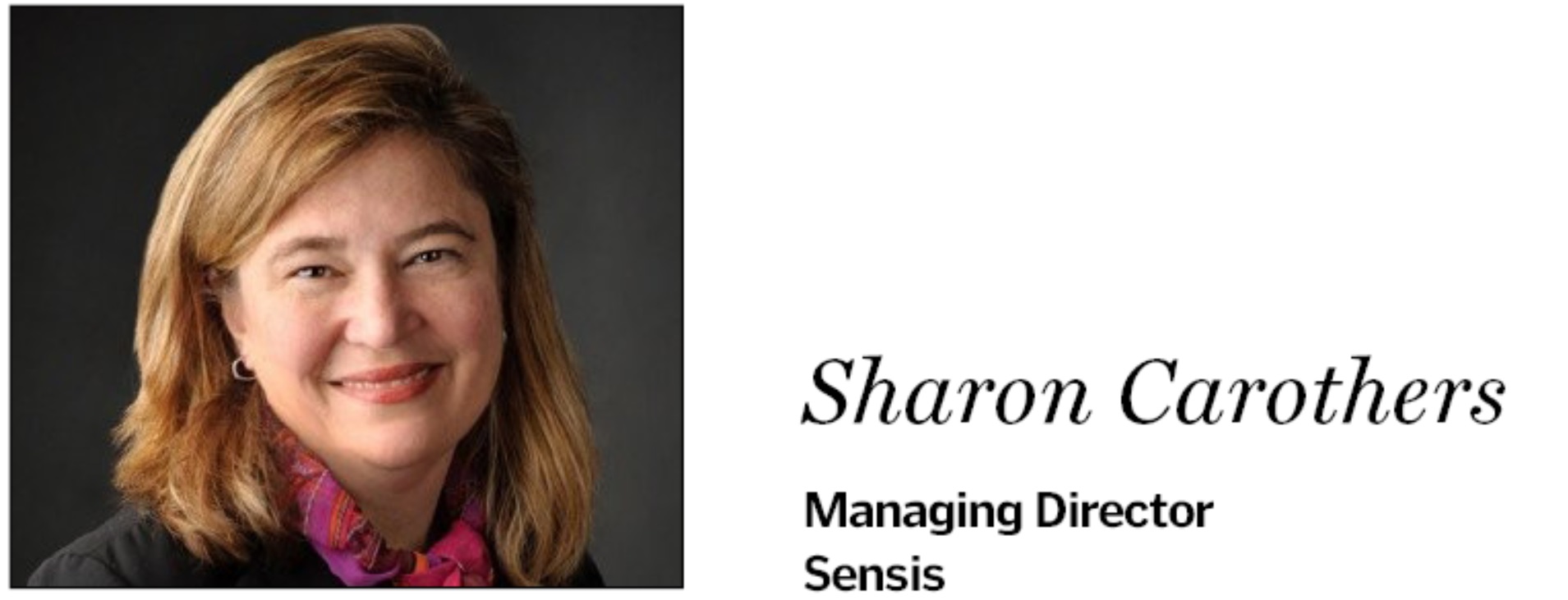 When developing an integrated vaccination campaign, we should target groups with historically lower vaccination rates: low-income Black, Hispanic, Indigenous, and ultra-Orthodox Jewish communities. Given the historic mistreatment of certain minority groups at the hands of medical facilities, there is an understandable lingering distrust of doctors. Thus, we need to create a campaign that not only targets marginalized communities but works to build trust by featuring healthcare workers from diverse backgrounds. When targeting Hispanic communities, we need to ensure all messaging resonates on a cultural level that goes beyond language. Additionally, the campaigns need to address barriers of access related to geography, cost, and health education.
When developing an integrated vaccination campaign, we should target groups with historically lower vaccination rates: low-income Black, Hispanic, Indigenous, and ultra-Orthodox Jewish communities. Given the historic mistreatment of certain minority groups at the hands of medical facilities, there is an understandable lingering distrust of doctors. Thus, we need to create a campaign that not only targets marginalized communities but works to build trust by featuring healthcare workers from diverse backgrounds. When targeting Hispanic communities, we need to ensure all messaging resonates on a cultural level that goes beyond language. Additionally, the campaigns need to address barriers of access related to geography, cost, and health education.
Campaigns should be led by diverse celebrity spokespeople who can address our target in a way that resonates with them. Since the stakes are so high and lives are on the line, traditional campaigns aren’t sufficiently immersive. We need to be on the ground, where the target lives, making them feel like they are joining a movement. And they will be.
Let’s start a grassroots effort promoted by spokespeople who have been vaccinated tentatively to encourage people to ensure their loved ones get the vaccine. We can urge people to take a pledge on social media to not only get the vax themselves but ensure five of their friends and family members do too. Colorful, muralized mobile units providing vaccinations will weave through the neighborhoods of our target, meeting them where they are.

